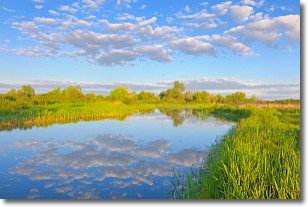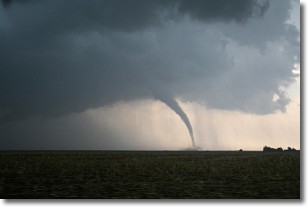Weather Alert in Georgia
Air Quality Alert issued September 11 at 1:48PM EDT by NWS Peachtree City GA
AREAS AFFECTED: Dawson; Bartow; Cherokee; Forsyth; Hall; Paulding; Cobb; North Fulton; Gwinnett; Barrow; Carroll; Douglas; South Fulton; DeKalb; Rockdale; Walton; Newton; Coweta; Fayette; Clayton; Spalding; Henry; Pike
DESCRIPTION: AQAFFC The Georgia Department of Natural Resources, Environmental Protection Division has issued a Code Orange (Unhealthy for sensitive groups) Air Quality Alert for Atlanta for Friday September 12. Under Code Orange conditions, the outdoor air quality is likely to be unhealthy for some people. Children, people who are sensitive to ozone, and people with heart or lung disease should limit prolonged outdoor exertion during the late afternoon or early evening when ozone concentrations are highest. For additional information on the Air Quality Index, please visit http://airnow.gov.
INSTRUCTION: N/A
Want more detail? Get the Complete 7 Day and Night Detailed Forecast!
Current U.S. National Radar--Current
The Current National Weather Radar is shown below with a UTC Time (subtract 5 hours from UTC to get Eastern Time).

National Weather Forecast--Current
The Current National Weather Forecast and National Weather Map are shown below.

National Weather Forecast for Tomorrow
Tomorrow National Weather Forecast and Tomorrow National Weather Map are show below.

North America Water Vapor (Moisture)
This map shows recent moisture content over North America. Bright and colored areas show high moisture (ie, clouds); brown indicates very little moisture present; black indicates no moisture.

Weather Topic: What are Stratocumulus Clouds?
Home - Education - Cloud Types - Stratocumulus Clouds
 Next Topic: Stratus Clouds
Next Topic: Stratus Clouds
Stratocumulus clouds are similar to altocumulus clouds in their
fluffy appearance, but have a slightly darker shade due to their additional mass.
A good way to distinguish the two cloud types is to hold your hand out and measure
the size of an individual cloud; if it is the size of your thumb it is generally
an altocumulus cloud, if it is the size of your hand it is generally a
stratocumulus cloud.
It is uncommon for stratocumulus clouds to produce precipitation, but if they do
it is usually a light rain or snow.
Next Topic: Stratus Clouds
Weather Topic: What are Wall Clouds?
Home - Education - Cloud Types - Wall Clouds
 Next Topic: Altocumulus Clouds
Next Topic: Altocumulus Clouds
A wall cloud forms underneath the base of a cumulonimbus cloud,
and can be a hotbed for deadly tornadoes.
Wall clouds are formed by air flowing into the cumulonimbus clouds, which can
result in the wall cloud descending from the base of the cumulonimbus cloud, or
rising fractus clouds which join to the base of the storm cloud as the wall cloud
takes shape.
Wall clouds can be very large, and in the Northern Hemisphere they generally
form at the southern edge of cumulonimbus clouds.
Next Topic: Altocumulus Clouds
Current conditions powered by WeatherAPI.com




